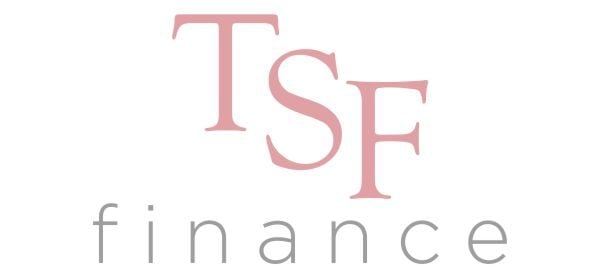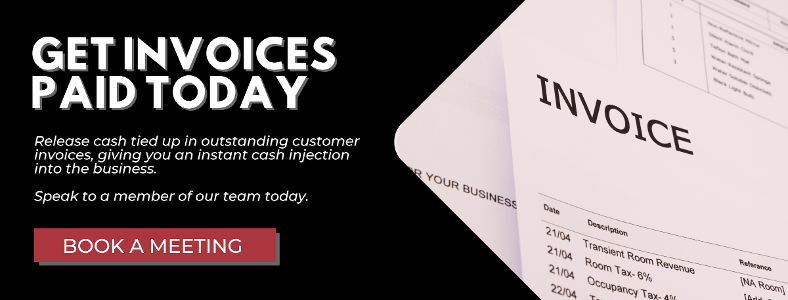There comes a time in the lives of many businesses that they need to apply for some additional funds, whether this is for further expansion or simply to keep afloat. There are plenty of different methods out there, but many companies opt for a traditional business loan believing it to be the most practical choice.
However, invoice factoring is another viable option that you could go for. If you don’t know much about this latter choice, we are going to be looking at it in more detail in the following blog post.
Essentially, it works as a financing solution that helps to keep finances stable by unlocking funds that were already in the unpaid receivables column. This means treating your invoices as a form of collateral, and this is then sold onto factoring companies. Your business can then receive the cash in advance, depending on how many of these are sold.
.png?width=402&name=Untitled%20design%20(15).png) Why Choose Invoice Factoring Over a Bank Loan?
Why Choose Invoice Factoring Over a Bank Loan?
Plenty of pros and cons must be weighed up when working out whether invoice factoring is right for your company. With invoice factoring, you have unlimited funding potential. Of course, this is only the case if you have a lot of unpaid invoices. Unlike traditional bank loans, there isn’t any debt that strictly needs repaying. You may be able to get fast approval within a matter of days. Startups are also available for this type of loan, which is not always the case with other types of commonly available financing.
On the other hand, you have bank loans. These are a traditional form of financing, and there are many companies offering them. The amount of funding that you receive will be determined by the lender, and then you are going to be subject to repaying the interest over time. With this method of financing, you need to be fully prepared as the lender often wants to see plenty of evidence of your plan to pay the funds back once again, whereas invoice factoring is just based on what you are owed by other companies. Also, compared to established businesses, it tends to be tougher for new companies to receive cash.
How Does it Work?
The invoice factoring process is relatively straightforward. First of all, you supply the goods and/or services to your client as normal. Following on from this, you make the invoice payable to the factoring company, which will then provide you with the majority of the invoice amount while taking a service fee that is based on the percentage of your turnover. The customer will settle up their bill by paying the factoring company. When payment is received, the rest will be transferred to you, minus any fees that have already been agreed upon.
What Are the Costs of Invoice Financing?
Regarding the specific costs of invoice financing, these can vary from company to company, but they often involve a set formula. First of all, there is the initial service fee, which is often based on a percentage of your turnover. When the invoice has been settled in full, there may also be a small finance fee that is calculated based on how much money has been lent overall.
Is Invoice Factoring Right for Your Business?
Ultimately, you are the one who has to make the final call about whether or not invoice factoring is the right option for your business, but if you are in need of quick finance and improved cash flow, especially if you need to recover from the pandemic, it is a great and viable choice. Also, if you think that it is going to be tough to go through a long and drawn-out approval process or you are running a new business, these are two other reasons why you may want to consider it. On the other hand, you need to have some reliable clients who are likely to pay up, and the costs can be higher than other types of business finance.
Don’t let your business run itself into the ground when you can’t get a traditional business loan. Get in touch with TSF Finance now if you are looking at invoice financing as being a valuable opportunity for your company.











